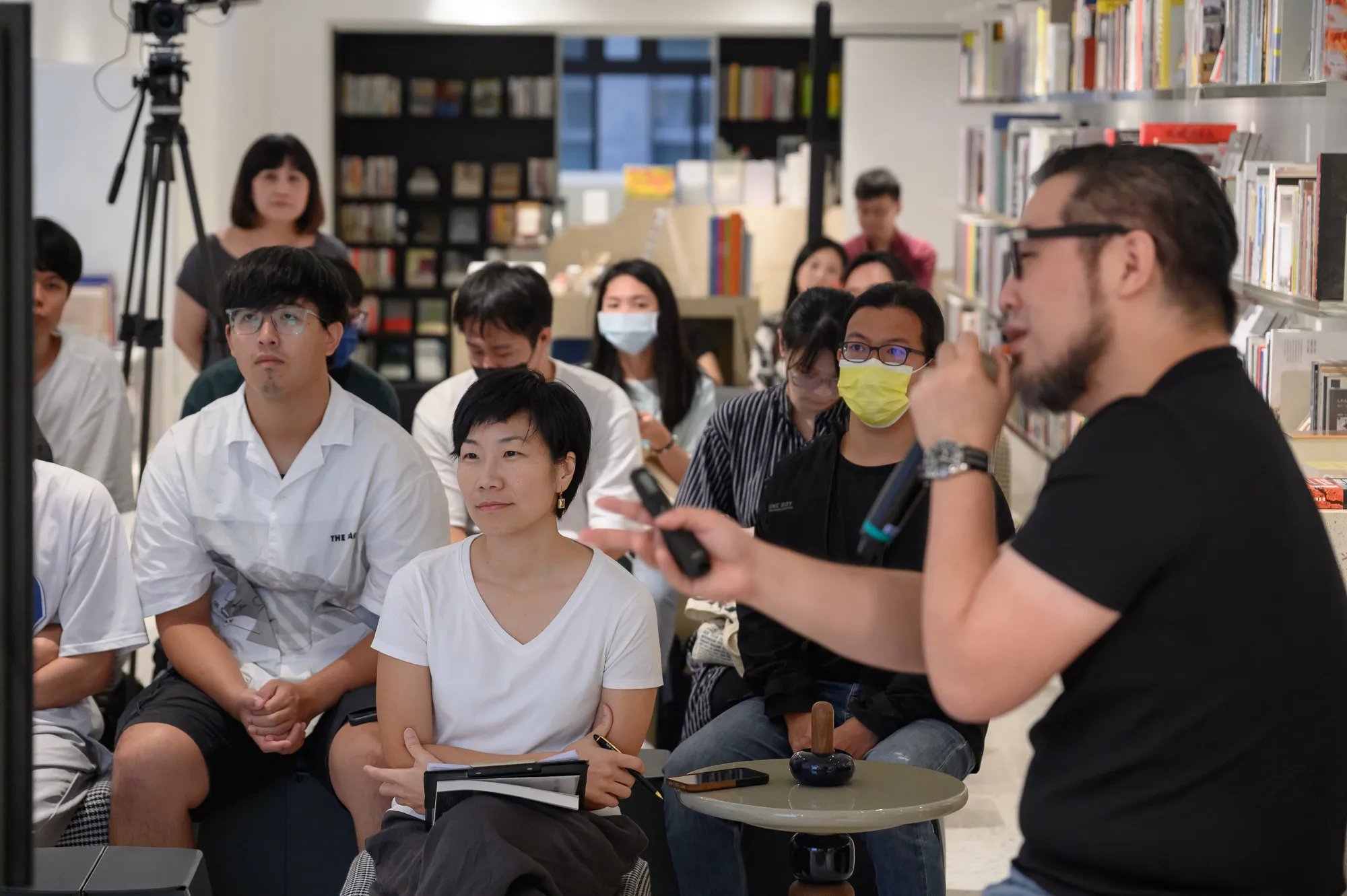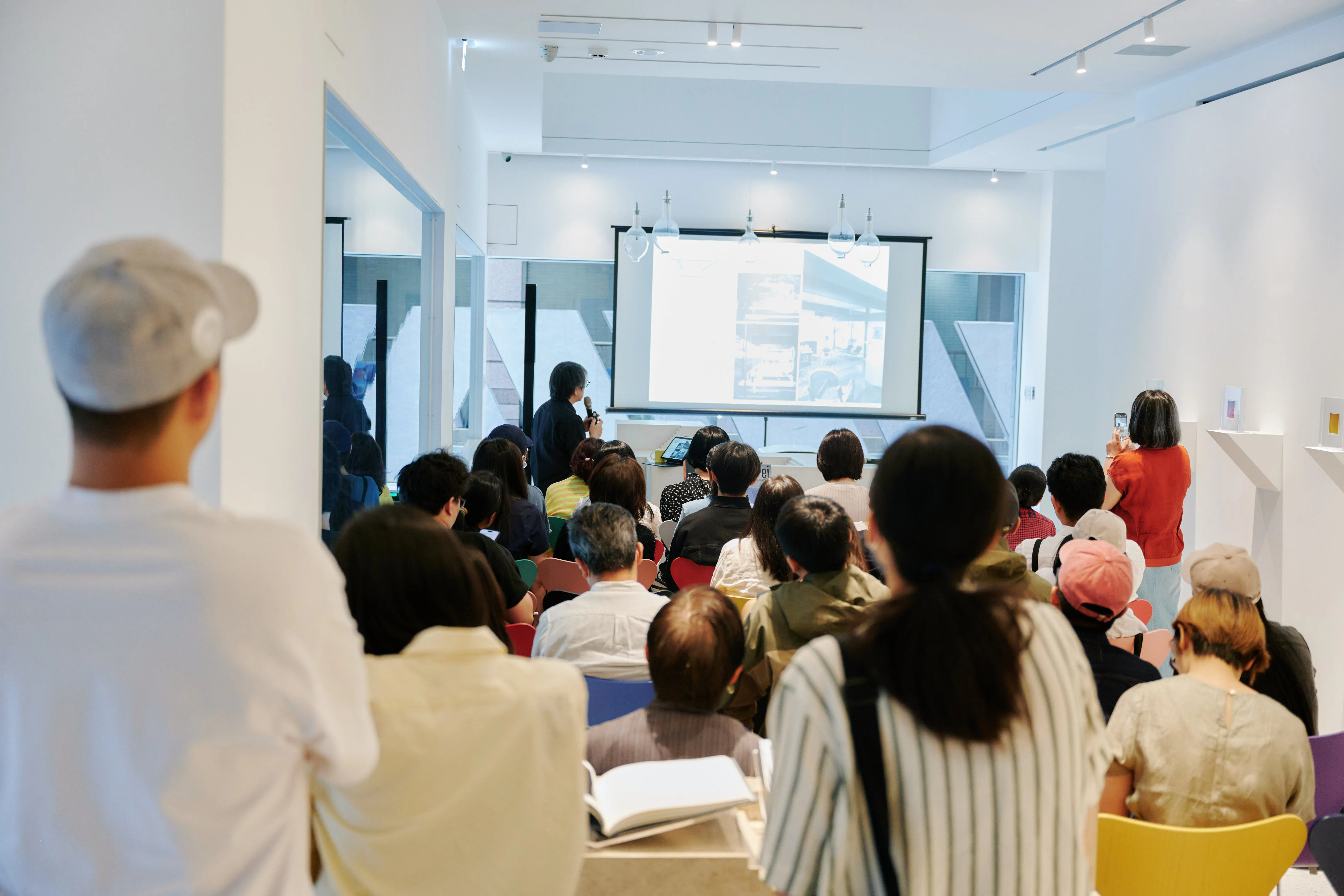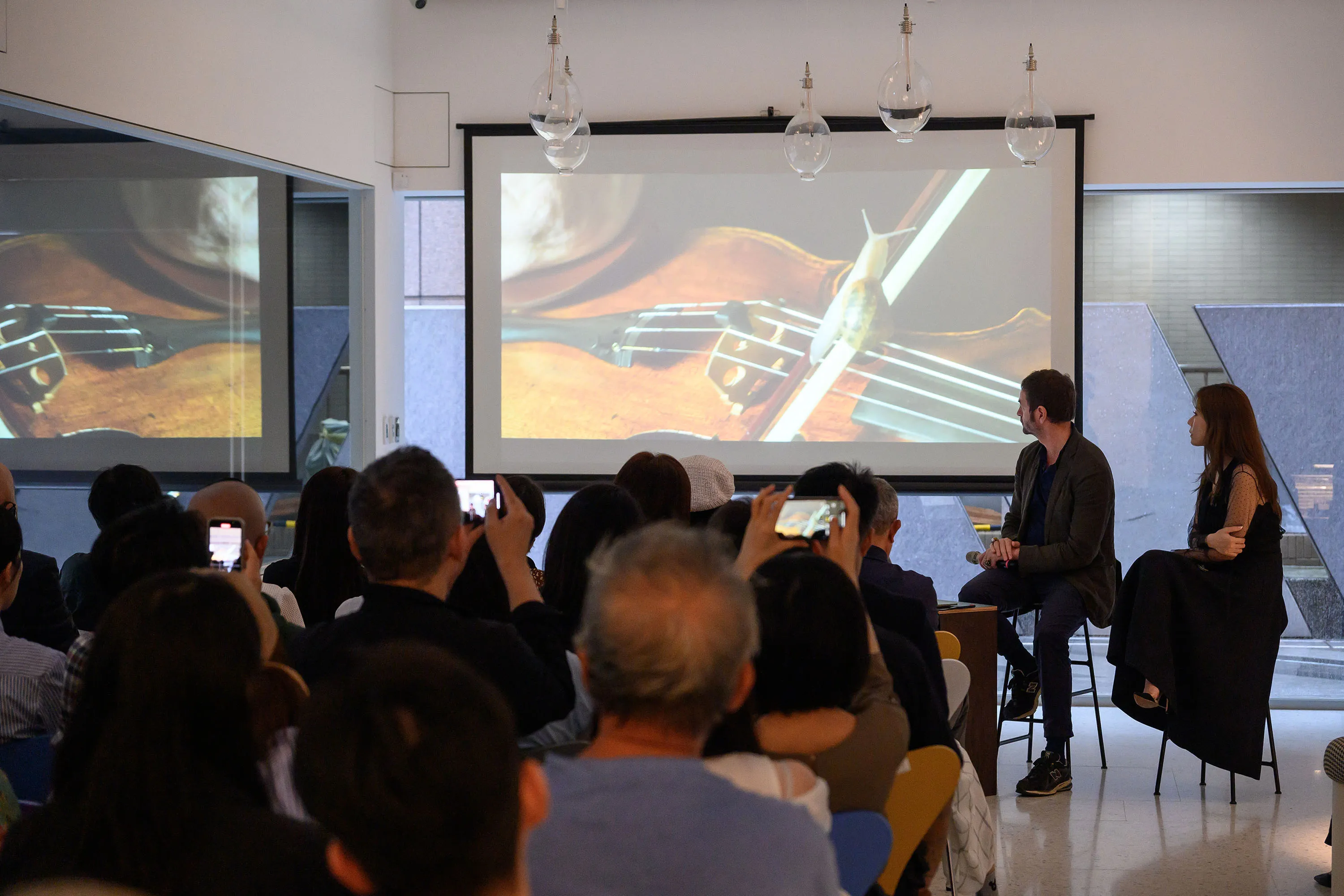
BOOKTALKS| Urban Landscape Lecture Series—How Buildings Learn: What Happens After They’re Built
Guided Reading
Luo Yat-Ching Assistant Professor, Department of Architecture and Urban Design, Chinese Culture University
presiding
HUI-FANG LIU ASSISTANT PROFESSOR, DEPARTMENT OF URBAN DEVELOPMENT, TAIPEI CITY UNIVERSITY
Conversation
Su Mengzong, Assistant Professor, Department of Architecture, Donghai University
Yu Hsinko, PhD Candidate in Urban Studies, TU Delft School of Architecture
locations
Wen Shin Art Center (No. 6, Lane 10, Lane 180, Section 6, Section 6, Minquan East Road, Neihu District, Taipei City)
fees
Free admission, advance registration is required ($150 is available at the on-site bookstore and discounts on books and drinks are available)
Event Content
“Prov. The public. The Decisive Tomorrow World series of lectures extends to a late-night reading session for selected books in the arts of literature. Launched by the Wen Shin Arts Foundation, Liu Huifang, Assistant Professor of the Department of Architecture and Urban Design, Culture University, invited experts in digital architecture to submit their favorite theoretical works in the fields of landscape, cities, architecture, and more. Unlike previous discussions of pure architecture, we look at cities, buildings, and public spaces from a more diverse perspective, discussing concepts such as Urbanism, Commonality, Publicity, and Future Cities in the book. The second series, “The Death and Life of American Buildings”, will be brought to you by Mr. Lau Mata Shing in “The History of Architecture: A Post-Construction Documentary” (How Buildings Learn: What Happens After They're Built)'s introductory reading.
Ever since The Death and Birth of America's Great Cities in the early 1960s, the architectural community has been vocal in its critical and value debate over the “act” of traditional architecture and planning. Architectural Development Notes: A Post-Construction Documentary or a precursor to this link: What happens when a building is “covered”? This allows us to reflect and reflect on things and even give us feedback on our rethinking of building planning and design and construction, such as: What is “architecture”? What is the survival posture of a building “should” or “best”? How does it relate to the user, to the community, to society, and even to the entire background era? Building Architecture takes the timeline of the life cycle of a building as the subject of the narrative, with chapters analysing the life cycle and history of a building from a number of different angles before and after it was built, critically reflecting on and challenging both mainstream and even universal values in many architectural professions.
Event Review
This is a book whose title can be a bit confusing: How to “learn” as a building with inorganic hardware? To this end, our guide reader Lau Cheng first explains the author's background: Stewart Brand (1938-) grew up after World War II, studied biology, design, and photography, and foundedWhole Earth CatalogThe journal, a paper equivalent to Google, encapsulates a variety of scientific knowledge with the concept of a telephone yellow page book. He advocated environmentalism, counter-terrorism, and was not a “professional” architect, so we began to understand a little that this was not an architectural book from a designer's point of view. The book looks at architecture from the point of view of time — while architecture is not born to adapt to change, its existence itself is a dynamic process that adjusts from completion, use, and function to change. Different types of buildings each have their life cycles, even the same building, different parts have different timescales degree. At the same time, the cheap and free “Low Road” low-end buildings, devoid of superfluous decoration, are inspiring and stimulating; while some are carefully designed by renowned architects, like works of art, but are rated as “No Road” by the authors because of their impracticality. Using keywords such as preservation, sustainability, and open systems, the author emphasizes buildings that can easily change according to user needs, only to adapt and survive over time. For this reason, the author also needs to learn from traditional and regional architecture. As explained in the book, “What we really need is Slow, multi-tracked, exploratory, and silently improved moral hammering. We can embrace, tap into the depth of time, rather than rush into the moment.”










